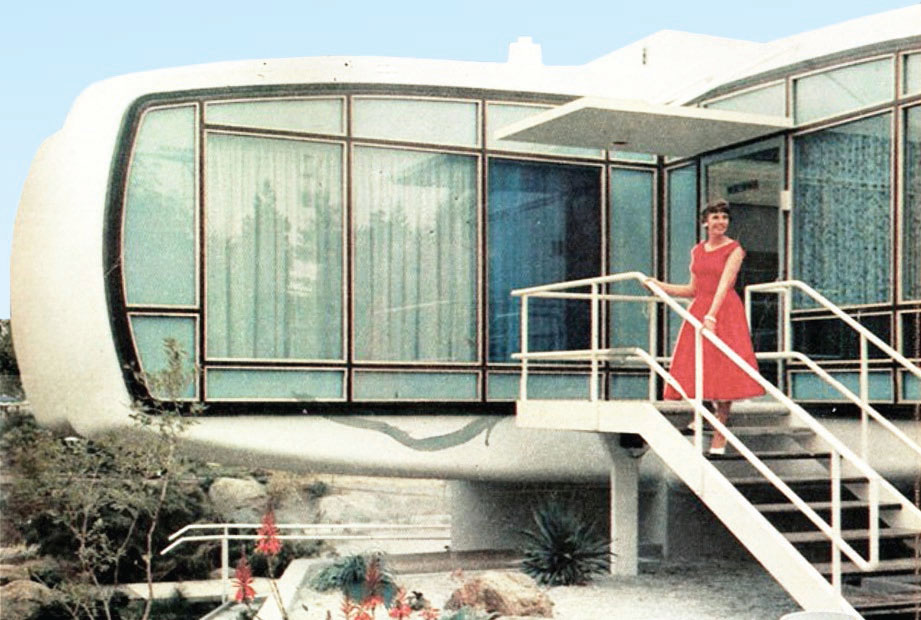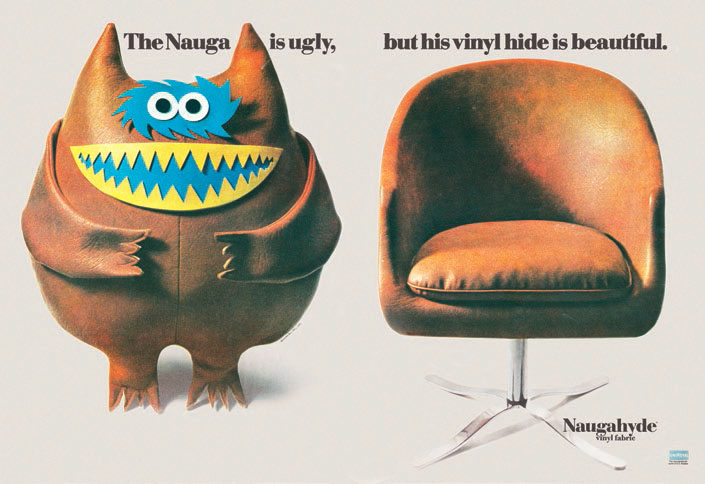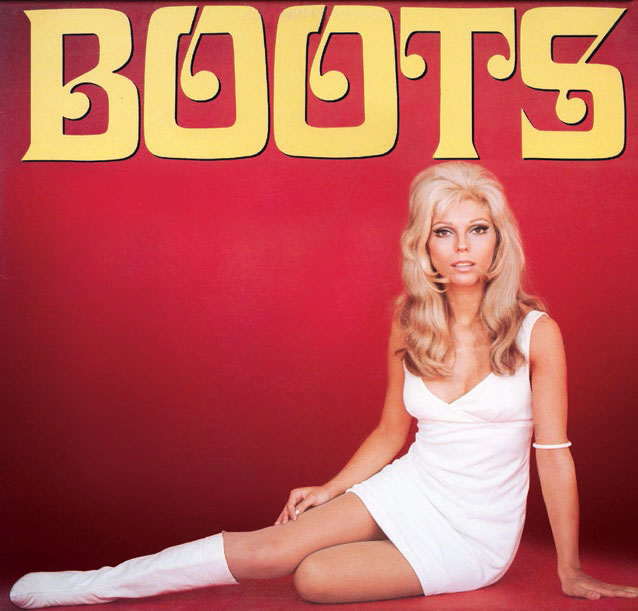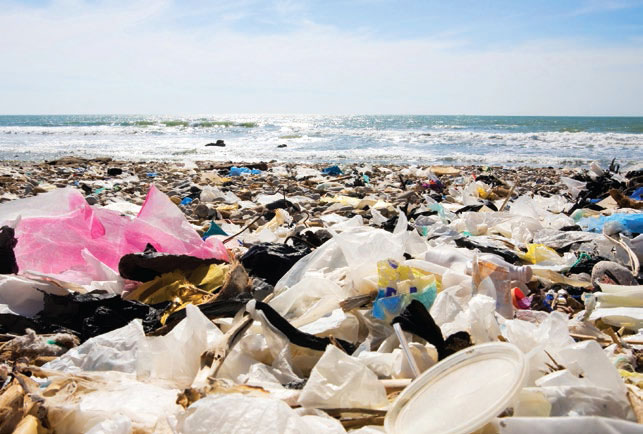Craze Gone Crazy - Page 4
 |
|
|
Compact and portable
A key to the appeal of plastic used in entertainment products back in the mid-century was portability. Plastic was also lighter than other materials that were being used.
"When I think of my transistor radio, I have vivid memories of my sister and I riding horses with plastic radios plastered to our ears," recalls Cary Levy Wagner. "An entire world was housed in that small rectangular device."
Richard Anselmo has owned a variety of transistor radios. "All of my radios had plastic cases," he says. "Even the radio that sat on my bedroom table was made of plastic."
"No bigger than a deck of cards, my transistor radio was a wormhole encased in white plastic," says Floridian Hugh Haller. "After 'lights out,' when kids like me were supposed to be going to sleep so that we could be fresh for school, I didn't.
"Instead, as I pressed one ear up tight in the pillowed darkness, a full orchestra of life played surreptitiously, just for me. My secret liaison."
 |
|
|
Color was important too. There's no doubt that the use of color increased sales of plastic products. Even so, as Eric Wrobbel points out, it can't be denied that a large percentage (perhaps as much as half) of radios sold in the transistor era were black or white.
"While we think of the 1950s as all turquoise and coral, it wasn't so for everyone," he says.
Wrobbel also believes that other entertainment products, like eight-track and cassette tapes, could not have existed without plastic. Plastic also made some items available at a lower price point and thus more widely accessible.
"On the other hand, it's easy to see how plastic eventually got blamed for being 'cheap.'" Wrobbel says. "It didn't look like metal or ceramic. It looked like, well…plastic."
Since plastic was such a versatile and new material, consumers in the mid-century didn't mind. It was colorful, affordable, and molded in new and exciting ways.
 |
Upbeat on the downside
Are plastics still critical to modern life? For the answer, just look around your own home. Pick up the remote for your television—plastic. Turn on your Bose radio—a marriage of metal and plastic casing. Sound bars, television frames, radios, and, once upon a time, record players.
Plastic is still used in computers, cell phones, kitchen utensils and bowls. It's even used in abundance in modern medicine.
Without plastics, many things we take for granted might be out of reach for all but the wealthy.
Replacing natural materials with plastic has made many possessions cheaper, safer, lighter, and stronger. And since plastics have a valuable place in our lives, some scientists are trying to make plastics not only safer, but also more sustainable. Others are working to make plastics biodegradable, or recycle them back into the fossil fuels from which they were derived.
 |
|
|
Perhaps, as inferred in that memorable scene from the 1967 movie 'The Graduate'—the "just one word…plastics" line—there is a future in plastic. But in 2021 and beyond, the focus is on recycled, reused, and repurposed plastic.
In the meantime, why not slip on your white go-go boots and turn up the transistor.
• Author Carol Sveilich reveals her adventures on everything mid-century and coming of age in a San Jose Eichler. Her ‘Reflections From a Glass House: A Memoir of Mid-Century Modern Mayhem’ is available in soft cover, e-book, as well as audiobook
• Special thanks to Eric Wrobbel for sharing his world of vintage memorabilia at EricWrobbel.com
Photography: Jerry Charlotte Miller, John Scherff, Romita Girl 67, Beerogers; and courtesy Hagley Museum and Archive (Science Photo Library), Office of Charles and Ray Eames, West Elm, Los Angeles Examiner, Tupperware, Eric Wrobbel, Rico Tee Archive




